A Swedish-Egyptian archeological mission working in the Gebal al-Silsila area of Aswan discovered four intact child burial sites dating back to the 18th dynasty (1549/1550 BC–1292 BC), Mostafa Waziri, Secretary-General of the Supreme Council of Antiquities announced through a Ministry statement on Thursday.
In the first burial, the archeologists found a mummified body of a child which still retained its linen wrapping and was surrounded by parts of organic material from what was once a wooden coffin.
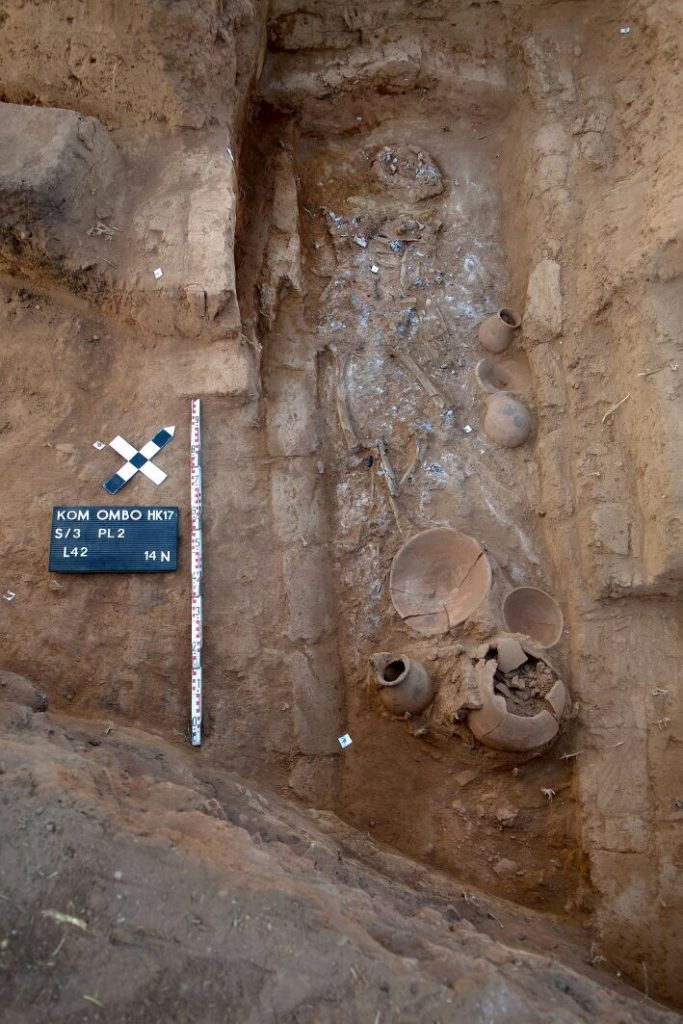
The second grave consisted of a mummified child aged between six and nine years which lay in a wooden coffin, while the third and fourth were children between five and eight years of age. Both of these graves contained a host of funerary decorations, such as amulets and pottery.
Head of the Swedish mission Maria Nilsson stated that although the team has found many burial sites during previous excavations, this one sheds particular light on the burial customs during the 18th dynasty, as well as the social, economic and religious life people were engaged in at the time.
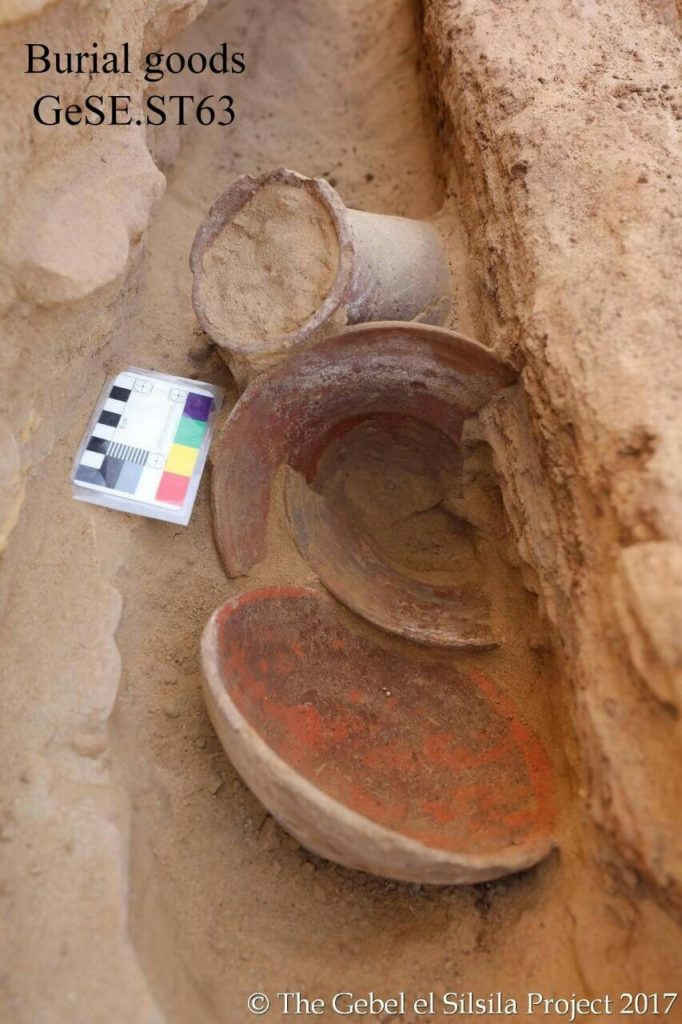
In related news, an Egyptian-Austrian archeological mission in the Kom Ombo area of Aswan unearthed part of a cemetery dating back to the First Intermediate Period (2181–2055 BC). In it, the team found a number of mud-brick tombs, pottery and other objects.
Irene Foster, who heads the mission, said that according to the preliminary investigation, the cemetery was constructed on top of an older one. Below it, the mission uncovered the remains of an Old Kingdom town with a ceiling depiction of the Fifth Dynasty Egyptian pharaoh Sahure, who reigned in the early 25th century BC.
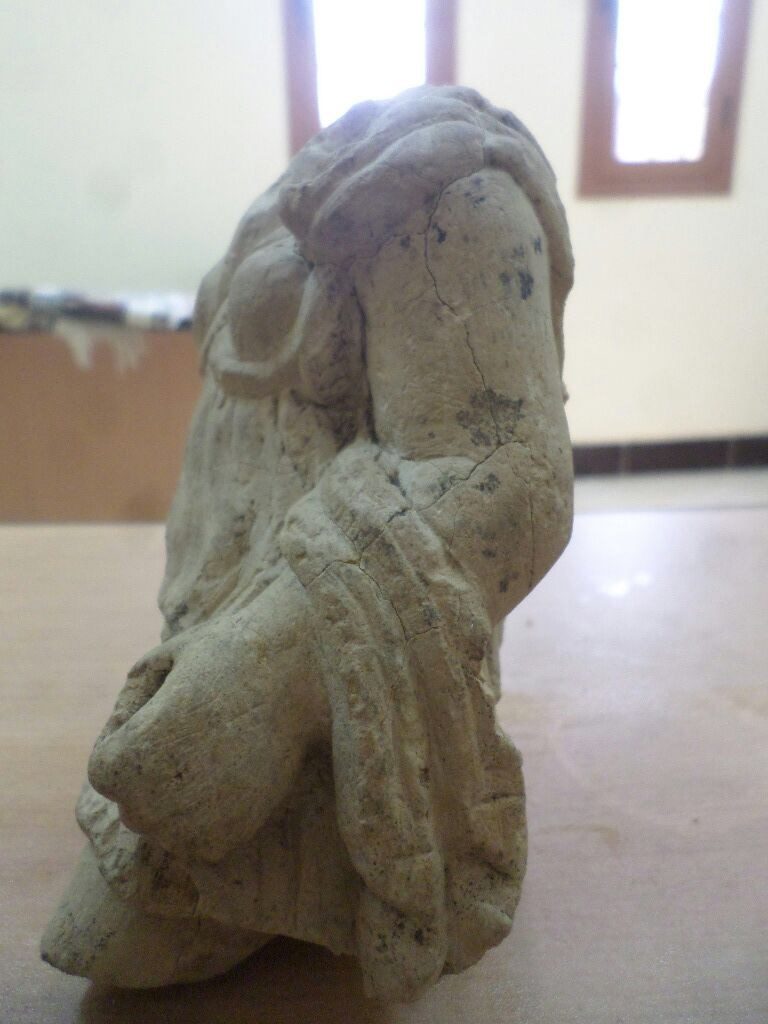
On its part, an Egyptian-Swiss mission also working in Aswan discovered a statue of a woman whose head, feet and right hand are missing. Preliminary estimations suggest that the statue depicts a woman wearing a dress similar to Artemis, known as the Greek goddess of the hunt, wild animals, wilderness, childbirth and virginity, combined with the Egyptian goddesses Isis and Bastet.
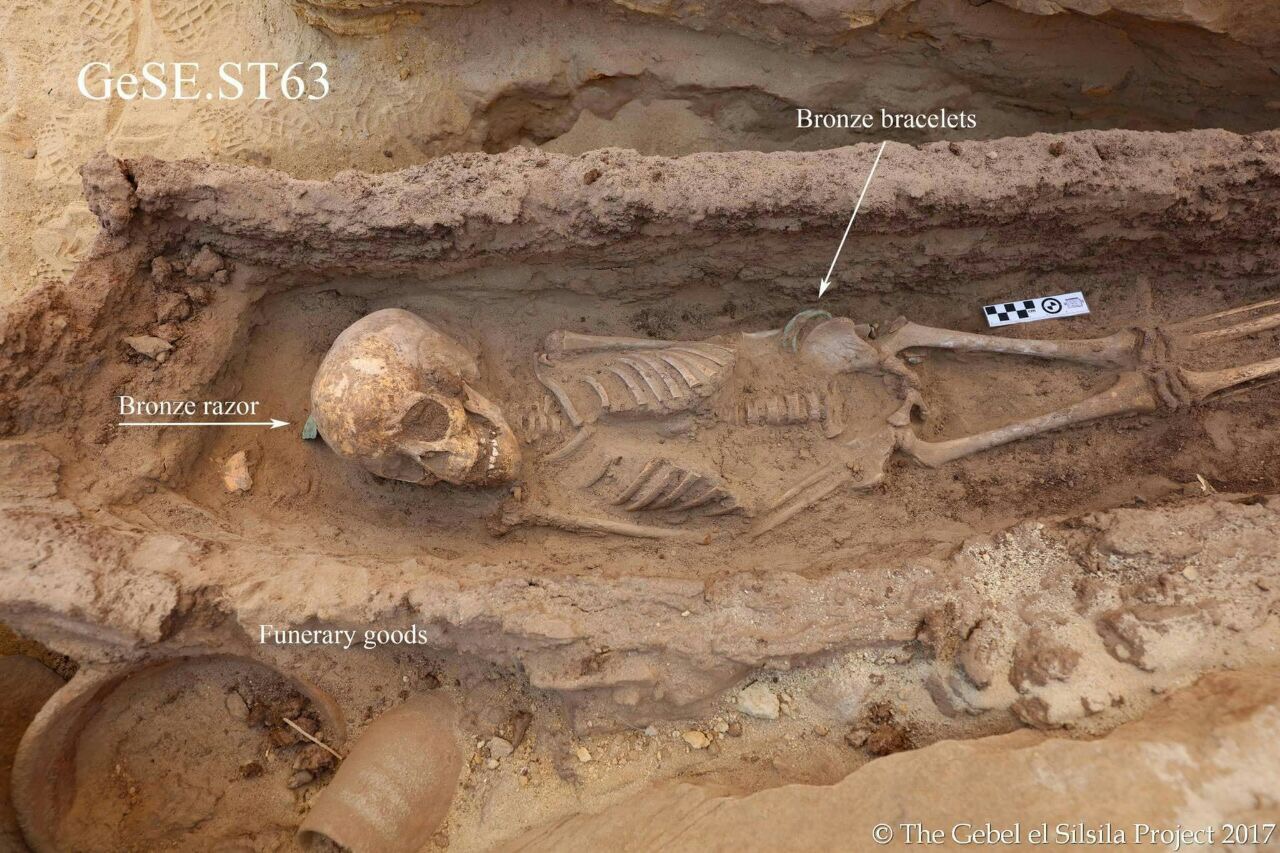



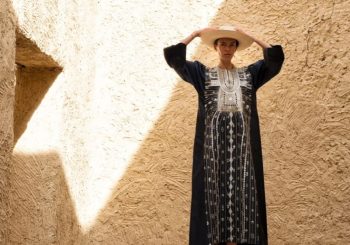

Comments (0)